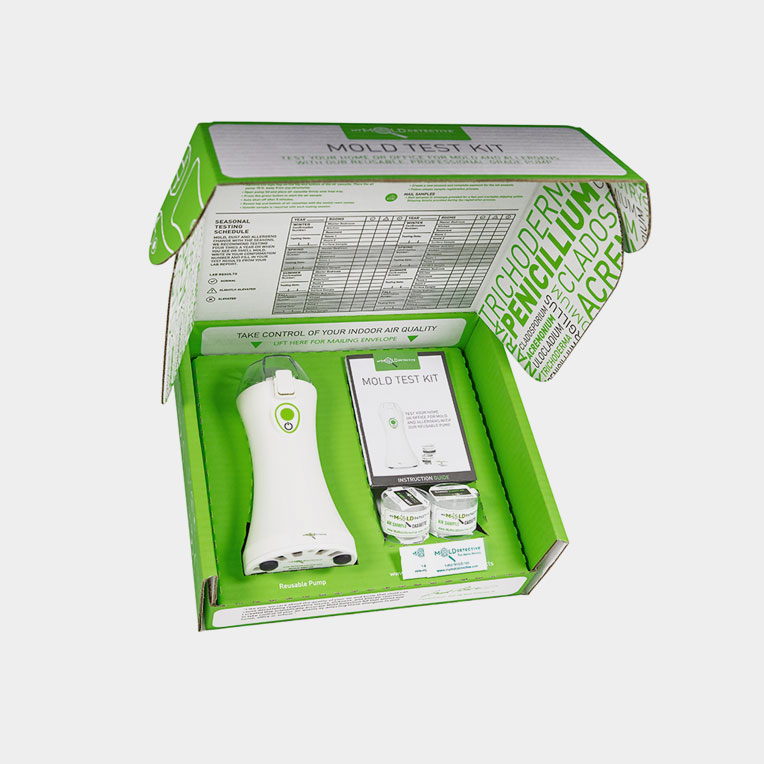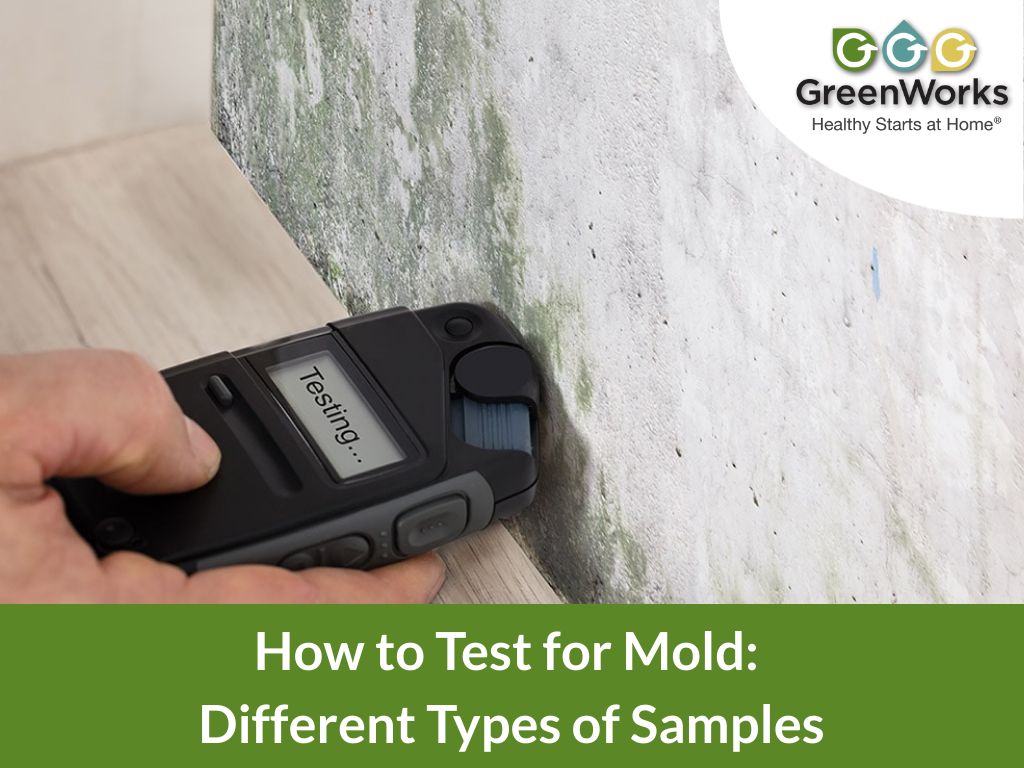Just How Mycotoxin Testing Assists Stop Contamination and Guard Food Products

Mycotoxin testing is a crucial method in the food sector, serving as a frontline protection against contamination by unsafe toxins created by mold and mildews. With the application of innovative techniques like High-Performance Liquid Chromatography (HPLC) and Fluid Chromatography-Mass Spectrometry (LC-MS), food producers can precisely identify and evaluate mycotoxin degrees in agricultural items.
Understanding Mycotoxins
Understanding mycotoxins starts with identifying that they are harmful additional metabolites created by specific mold and mildews, which can infect farming items. These metabolites are not essential for the growth or reproduction of the fungi but can have severe ramifications for human and animal health and wellness. Mycotoxins are frequently discovered in staple plants such as corn, wheat, barley, and nuts, where they can multiply under details problems of wetness and temperature.
There are a number of types of mycotoxins, each produced by different fungal varieties. Fusarium types produce trichothecenes and fumonisins, both of which are linked with various acute and persistent health and wellness issues.

Threats of Mycotoxin Contamination
The dangers of mycotoxin contamination are multifaceted, positioning substantial dangers to both food safety and public health. Mycotoxins, toxic substances created by specific kinds of fungi, can contaminate a large range of farming products consisting of cereals, nuts, seasonings, dried out fruits, and coffee.
Economic influences are an additional major worry. Polluted plants can lead to significant monetary losses for farmers and food manufacturers because of lowered yields and the demand for expensive purification procedures. Additionally, global trade can be significantly prevented as countries implement rigorous mycotoxin policies to shield their populations, bring about turned down deliveries and stretched trade connections.
Ecological variables such as environment adjustment exacerbate the risk of mycotoxin contamination. Variations in temperature level and moisture can develop beneficial problems for fungal development, boosting the chance of contamination occasions. Hence, understanding and alleviating these threats are crucial for making sure the security and stability of worldwide food materials.
Techniques of Mycotoxin Examining
Properly recognizing mycotoxin contamination in farming items is necessary for guarding public wellness and keeping food security requirements. Different methods are utilized to spot and quantify mycotoxins, each offering specific benefits and constraints.
High-Performance Fluid Chromatography (HPLC) is a widely utilized technique because of its high level of sensitivity and precision. It involves dividing mycotoxins from various other compounds in a sample, making it possible for exact quantification. Likewise, Liquid Chromatography-Mass Spectrometry (LC-MS) incorporates fluid chromatography with mass spectrometry to provide comprehensive molecular information, making it specifically beneficial for identifying numerous mycotoxins all at once - Mycotoxin testing Services.

Gas Chromatography-Mass Spectrometry (GC-MS) and Thin-Layer Chromatography (TLC) are also employed, each with unique applications. GC-MS works for volatile mycotoxins, while TLC provides an easier, affordable option for preliminary screening.
Benefits of Routine Evaluating
Regular testing for mycotoxins in agricultural items supplies many advantages, substantially adding to public health and wellness and food security. By determining contamination early, routine testing helps avoid the distribution of harmful foods, thus decreasing the risk of mycotoxin-related diseases among consumers. This proactive strategy not just safeguards human health and wellness however likewise enhances the total top quality of food materials.
Consistent testing also sustains regulative compliance. Various nations and regions have developed rigid limits for mycotoxin degrees in food and feed. Sticking to these limits via routine screening makes certain that distributors and manufacturers meet legal standards, thereby avoiding penalties and trade barriers. Keeping conformity promotes consumer depend on and brand reputation, which are important for market success.
In addition, normal mycotoxin testing can cause substantial financial advantages. Early detection of contamination enables timely treatment, lowering potential losses from extensive contamination. Applying normal testing protocols can also lessen recall expenses and relevant responsibilities, which can be financially devastating.
Furthermore, regular testing gives beneficial information that can inform better agricultural practices and storage conditions. By understanding patterns of contamination, producers can adopt preventive steps, therefore minimizing future dangers and adding to the sustainability of the food supply chain.
Executing Examining Protocols
Executing effective mycotoxin testing methods is crucial for making certain the safety and see page top quality of farming items. Developing a robust testing structure includes multiple key actions, starting with the identification of possible contamination factors within the production and supply chain. This consists of pre-harvest, post-harvest, storage space, and distribution stages. Each phase must be looked at to identify where mycotoxin contamination is most likely to take place.
When crucial control factors are identified, picking suitable screening methods is crucial. Typical strategies include enzyme-linked immunosorbent assay (ELISA), high-performance fluid chromatography (HPLC), and mass spectrometry (MS) Each method has its weak points and strengths; therefore, picking the appropriate one relies on the specific mycotoxin being checked, the required sensitivity, and readily available resources.

Lastly, incorporating the testing protocols right into a comprehensive food safety and security administration system is recommended. This enhances traceability and makes it possible for quick rehabilitative activities when contamination is spotted, thereby securing the integrity of the food supply chain.
Verdict
Mycotoxin testing check my blog is crucial in stopping contamination and safeguarding food materials by enabling very early discovery of damaging toxins generated by molds in agricultural items. Advanced approaches such as HPLC and LC-MS make sure conformity with security regulations published here and secure customers from health and wellness threats. Routine testing improves brand name reputation, monetary security, and trust fund in food safety by lessening contamination-related losses and keeping high standards in food production. Carrying out strenuous screening protocols is thus necessary for the sector's overall well-being.
Mycotoxin testing is an important method in the food market, serving as a frontline defense versus contamination by harmful toxins generated by mold and mildews. An incorporated technique including farming methods, storage management, and regular screening can alleviate the dangers connected with mycotoxin contamination, guaranteeing food safety and public wellness.
The threats of mycotoxin contamination are diverse, positioning significant hazards to both food security and public wellness.Normal testing for mycotoxins in farming products uses numerous advantages, significantly adding to public health and wellness and food safety and security.Mycotoxin testing is necessary in avoiding contamination and safeguarding food products by allowing early discovery of hazardous toxins produced by molds in farming products.